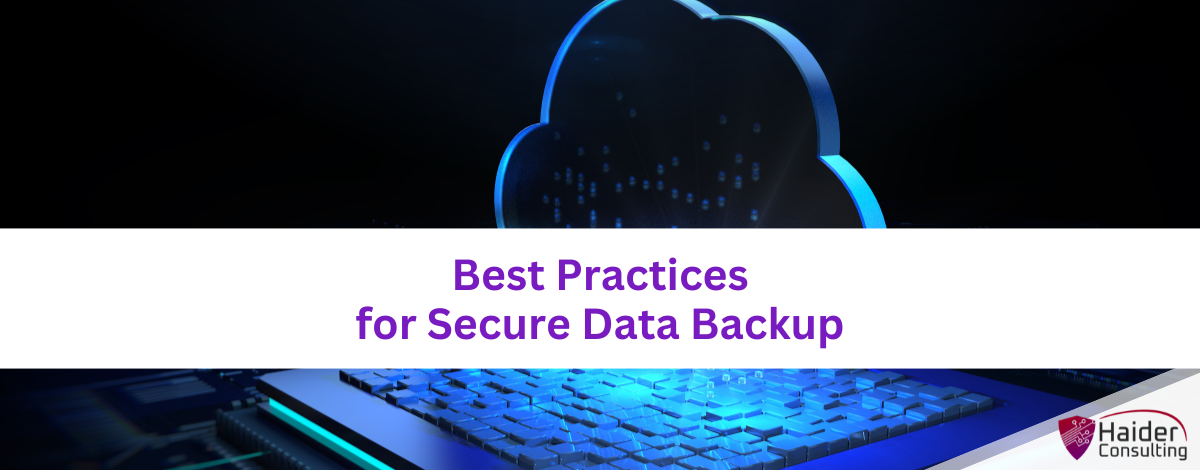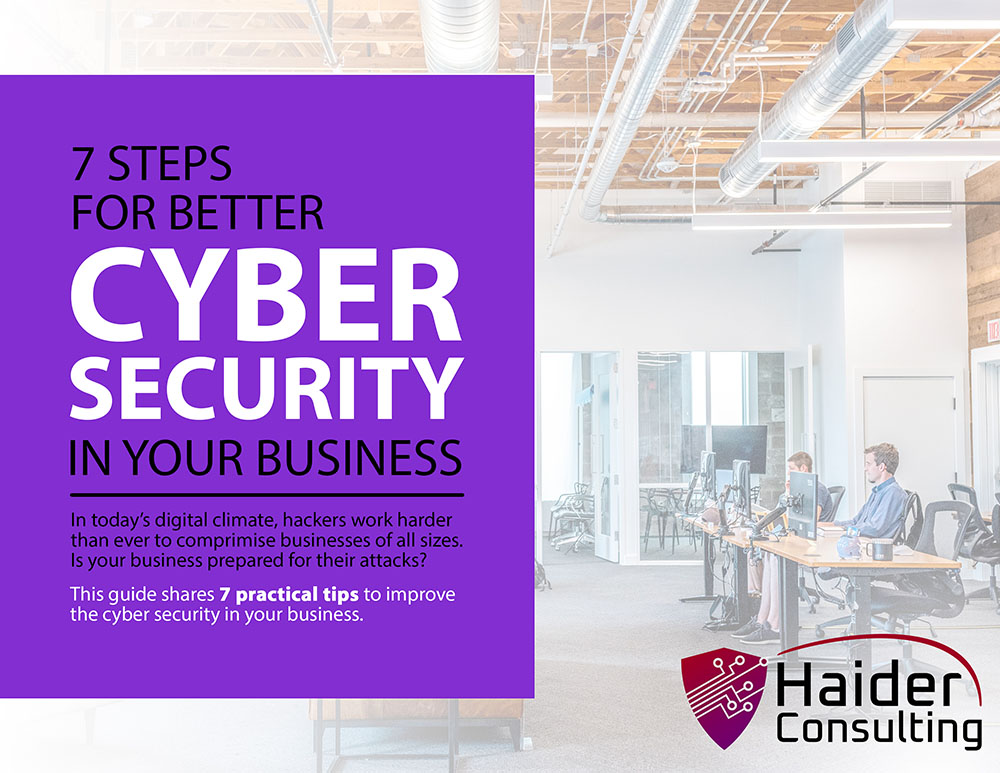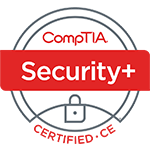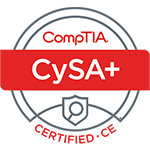In today’s digital world, we’re constantly handling important data, from personal snapshots to critical work documents. Losing any of this can be a disaster, which is why secure data backups are crucial. Let’s explore the best practices for keeping your data safe.
What is Data Backup?
Data backup involves making copies of your data so you can restore it if the original is lost or damaged. You can store these backups on different devices like external hard drives or on cloud services. This way, if something goes wrong, you won’t lose your valuable information.
Why Is Secure Backup Important?
Secure backups are your safety net against data loss. Computers can fail, viruses can attack, or you might accidentally delete something vital. Without backups, your data could be gone for good. Regularly backing up your data means you can recover it if disaster strikes, keeping your digital life intact.
Establishing Your Data Backup Schedule
It’s crucial to back up your data consistently. The frequency of your backups should reflect how often your data changes. For instance, if you have important files that are updated daily, you should back them up daily. Regular backups ensure you always have the most current versions of your files, minimizing potential data loss. This routine helps keep your digital information safe and up-to-date.
What are the Different Backup Methods?
Understanding the various types of backups can help you choose the best one for your needs. Some of the most common strategies include:
Full Backup
This method involves copying every piece of data you have. It’s the most comprehensive type of backup, capturing every file in its entirety. While it ensures you have a complete copy of your data, it requires more storage space and takes longer to complete.
Incremental Backup
Incremental backups save only the data that has changed since the last backup. This approach is more storage-efficient and faster than a full backup, making it ideal for regular use.
Differential Backup
Differential backups are a middle ground between full and incremental backups. They copy all the data that has changed since the last full backup. This method is quicker than performing a full backup each time and uses less space than storing multiple full backups, but it does require more space than an incremental backup.
Choosing the Best Backup Storage Location
Selecting where to store your backups is crucial for effective data protection:
External Hard Drives
These devices provide a handy way to store backups locally, either at your home or office. They offer the convenience of immediate access and control. However, they are susceptible to physical damage, theft, or loss.
Cloud Storage
Cloud storage saves your backups on remote servers managed by service providers. This method shields your data from physical damage and allows you to access it from anywhere with an internet connection. It’s an excellent option for ensuring your data remains safe no matter what happens locally.
Offsite Storage
Storing backups at a location separate from where your primary data resides adds an extra layer of security. Offsite storage is particularly valuable for protecting against local disasters or theft, as it ensures you have a separate copy of your data far from potential risks.
Creating an Effective Backup Strategy
To set up a backup plan that keeps your data secure, follow these steps:
- Identify What to Backup: Decide which files are crucial and need to be backed up. This often includes documents, emails, financial records, and personal photos.
- Set a Backup Schedule: Determine how often you need to backup your data. This could be daily for frequently updated files or weekly for less dynamic information.
- Choose Backup Locations: Decide where you will store your backups. Options include external hard drives, cloud services, or offsite storage. Consider using multiple locations for redundancy.
- Plan Regular Tests: Schedule times to regularly test your backups. This ensures they work correctly and that you can restore your data if necessary.
Start Securing Your Data Now!
Don’t wait for a data loss disaster to happen. Take steps to protect your files right now by implementing a solid backup strategy. Follow the best practices for data backup to ensure your important information is safe.
Need help creating a secure backup system? Reach out to us today for assistance!
Book My 17-Minute Call





